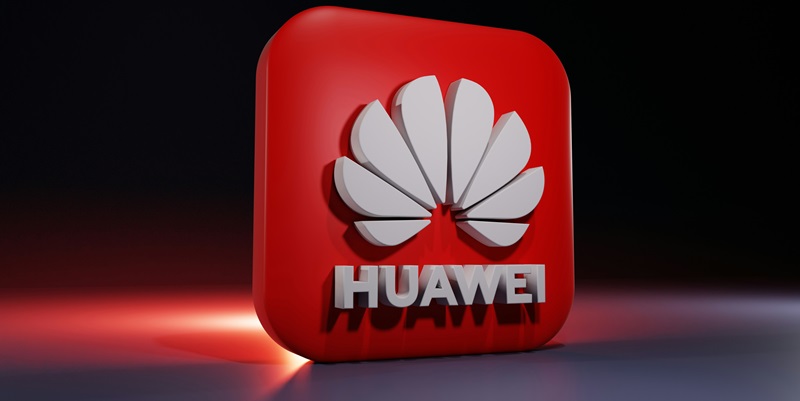Huawei’s ambitious leap in smartphone technology is poised to take a significant step forward with the launch of the Kirin 9100 chip, anticipated to debut with the Huawei Mate 70 series. Expected around late 2024 or early September in tune with Huawei’s historical release cycles, this new chip stands out as a massive leap from its predecessors. Noted Weibo leaker Digital Chat Station (DCS) has added fuel to the fire, suggesting that the Kirin 9100’s performance will come remarkably close to Qualcomm’s Snapdragon 8 Gen 2, shattering prior expectations that aligned it more closely with the Snapdragon 8 Gen 1. This leap in performance is primarily attributed to the chip’s advanced manufacturing on SMIC’s N+2/3 node technology, which utilizes 5 nm wafers created through DUV multi-patterning technology.
While much of SMIC’s technological progress remains shrouded in secrecy, the purported capabilities of the Kirin 9100 couldn’t stay hidden for long. The chip reportedly achieved over 1 million points on AnTuTu, a popular benchmarking tool, indicating its substantial potential for performance. This news helps dispel previous rumors that had pegged the Kirin 9100’s performance at par with the Snapdragon 8 Gen 1. The anticipation surrounding the Kirin 9100 has become a mix of excitement and speculation, particularly after some sources contradicted initial claims, contributing to the unfolding saga of its capabilities and expectations.
SMIC’s Technological Advances and Huawei’s Strategy
DCS possesses a credible track record, which lends some measure of credibility to these ambitious performance predictions for the Kirin 9100. If these claims hold true, the Kirin 9100 would be markedly more powerful than its predecessor, the Kirin 9010, reflecting an evident trajectory in Huawei’s approach to pushing the boundaries of their in-house chip designs. As Huawei continues to leverage more advanced manufacturing nodes, including the N+2/3 node from SMIC, it positions itself significantly higher in the competitive landscape of high-end smartphone chipsets. The use of more refined manufacturing techniques not only enhances the chip’s performance capabilities but also its efficiency and power consumption metrics, areas critical to maintaining a competitive edge.
The timing of Huawei’s aggressive push into high-performance chipset territory aligns well with the broader industry movements. This is evidenced by Xiaomi’s recent revelations about their limited edition POCO F6 smartphone, Nothing’s pending launch of the Phone (2a) Plus with finely tuned camera specifications, and Redmi Note 14 Pro+ positioning itself as a competitor through a new Dimensity SoC. These developments underscore a wider industry trend where companies are fiercely vying for technological supremacy through innovations in their chipset designs and overall feature sets. Huawei’s ambitious strides with the Kirin 9100 epitomize this broader push, positioning the company as a formidable force in an increasingly competitive market.
The Broad Implications for the Smartphone Industry
Huawei is gearing up to make a significant impact in smartphone technology with the upcoming launch of the Kirin 9100 chip, which is expected to debut alongside the Huawei Mate 70 series. Likely to be unveiled in late 2024 or early September, this chip marks a substantial upgrade from its predecessors. According to renowned Weibo leaker Digital Chat Station (DCS), the Kirin 9100 will deliver performance levels remarkably close to Qualcomm’s Snapdragon 8 Gen 2, surpassing previous expectations that had it comparable to the Snapdragon 8 Gen 1. This exceptional performance boost is primarily due to the chip’s advanced manufacturing using SMIC’s N+2/3 node technology, employing 5 nm wafers through DUV multi-patterning technology.
Despite much of SMIC’s advancements being kept under wraps, the Kirin 9100’s capabilities couldn’t be contained. The chip reportedly scored over 1 million points on AnTuTu, a leading benchmarking tool, showcasing its impressive potential. This development dispels earlier rumors that the Kirin 9100 would only match the Snapdragon 8 Gen 1’s capabilities. Excitement and speculation are mounting around the Kirin 9100, especially given the conflicting reports from various sources. As anticipation builds, the Kirin 9100 remains a highly anticipated component of Huawei’s next-gen smartphone offerings.

